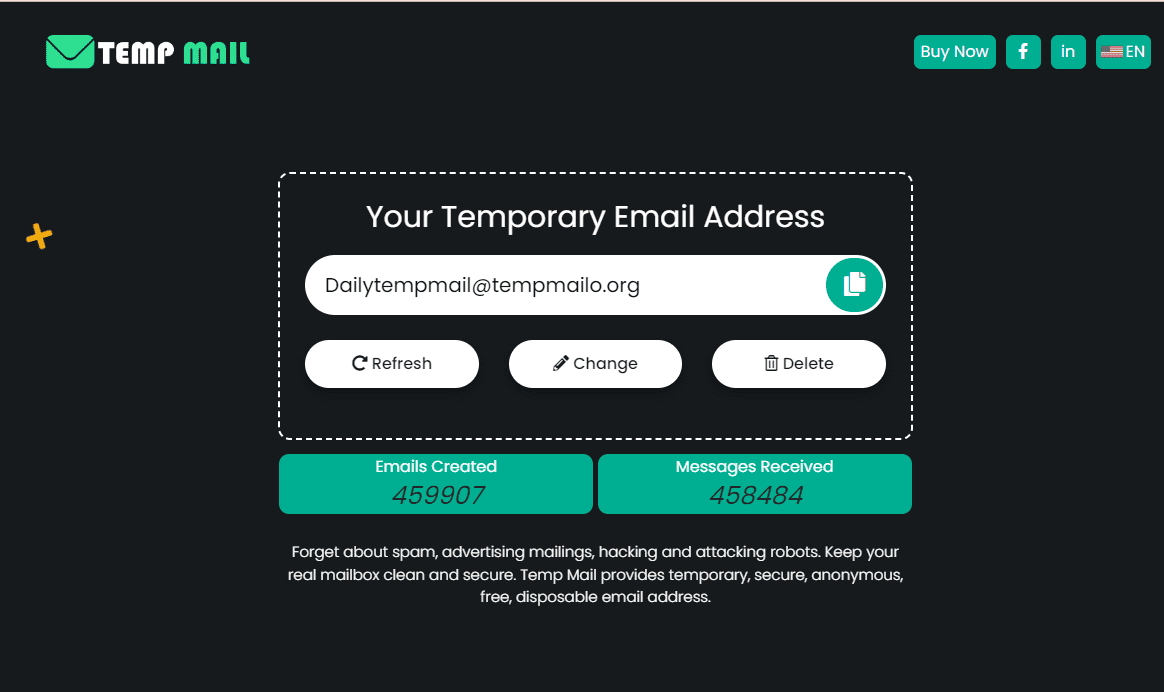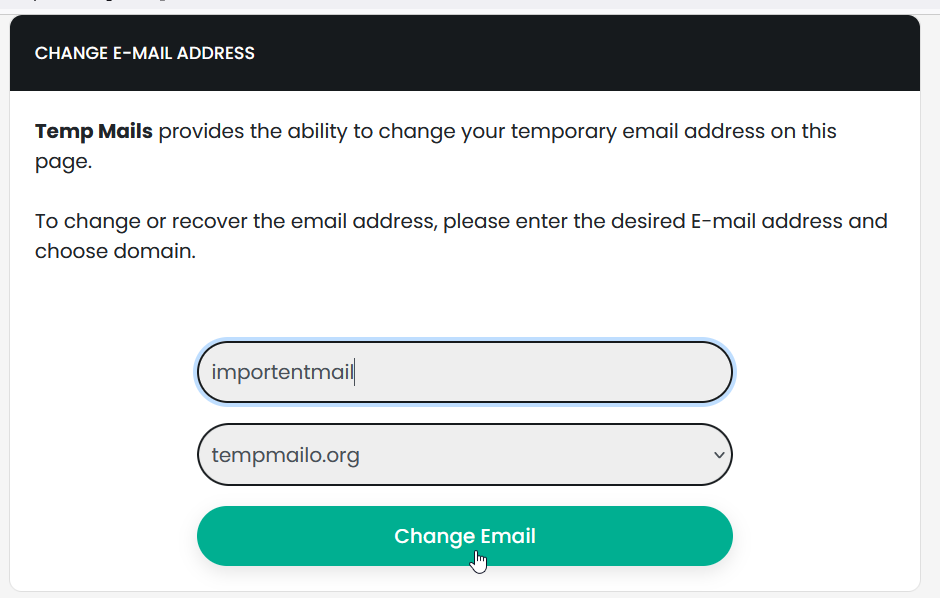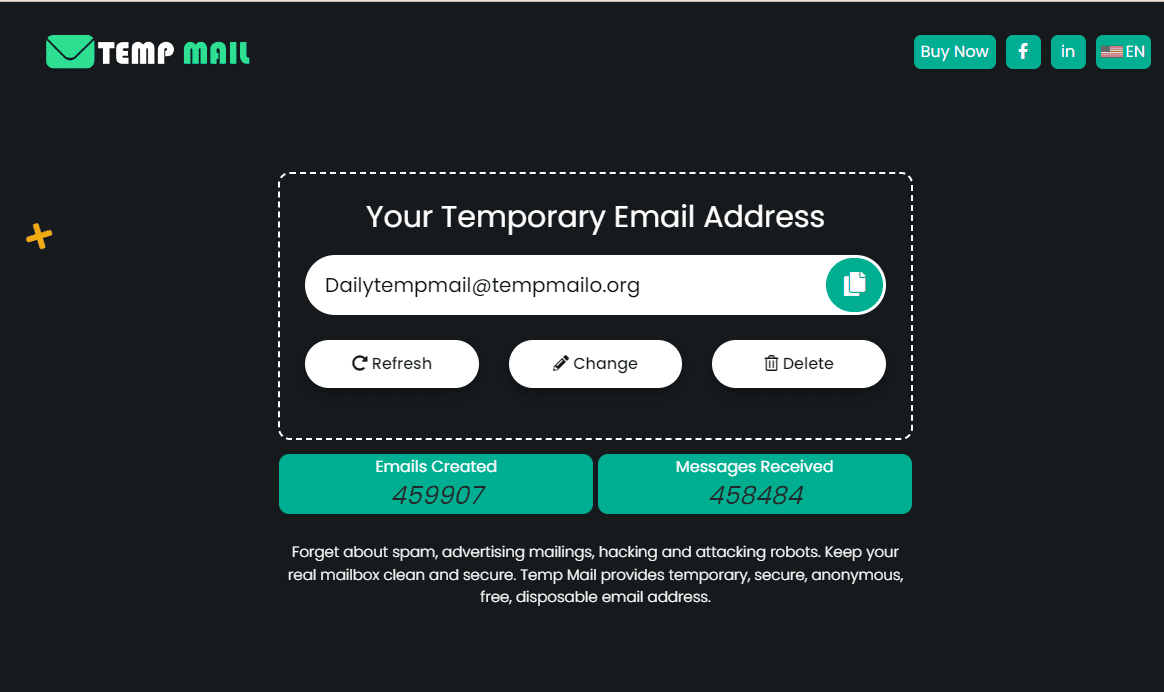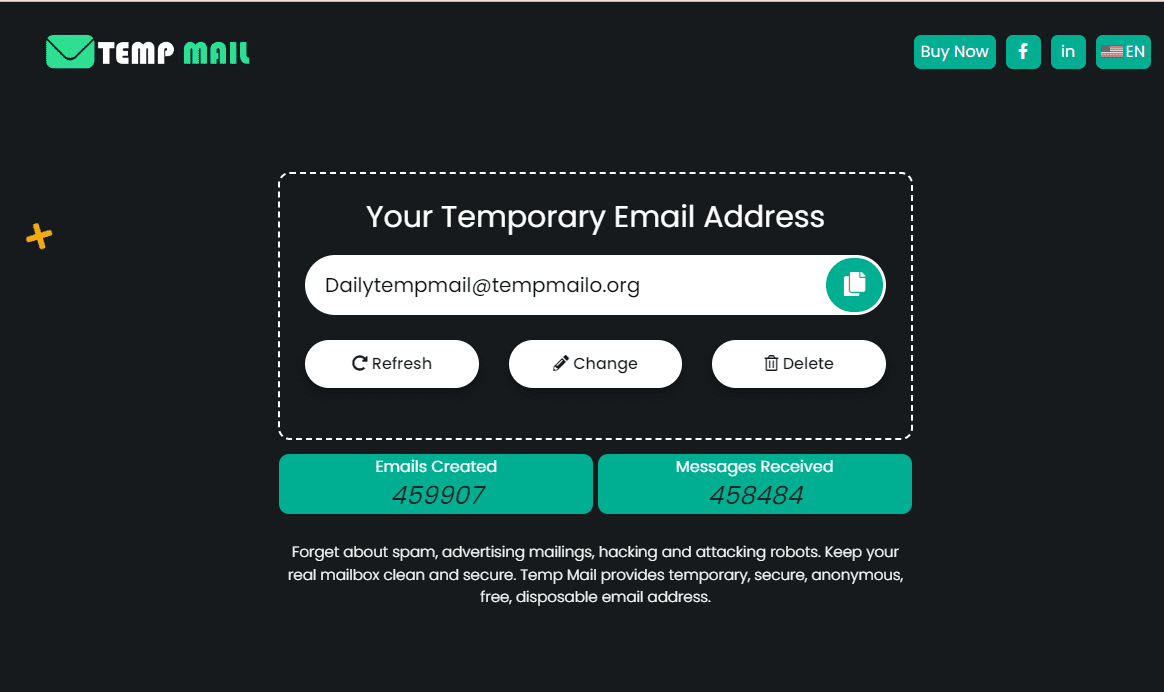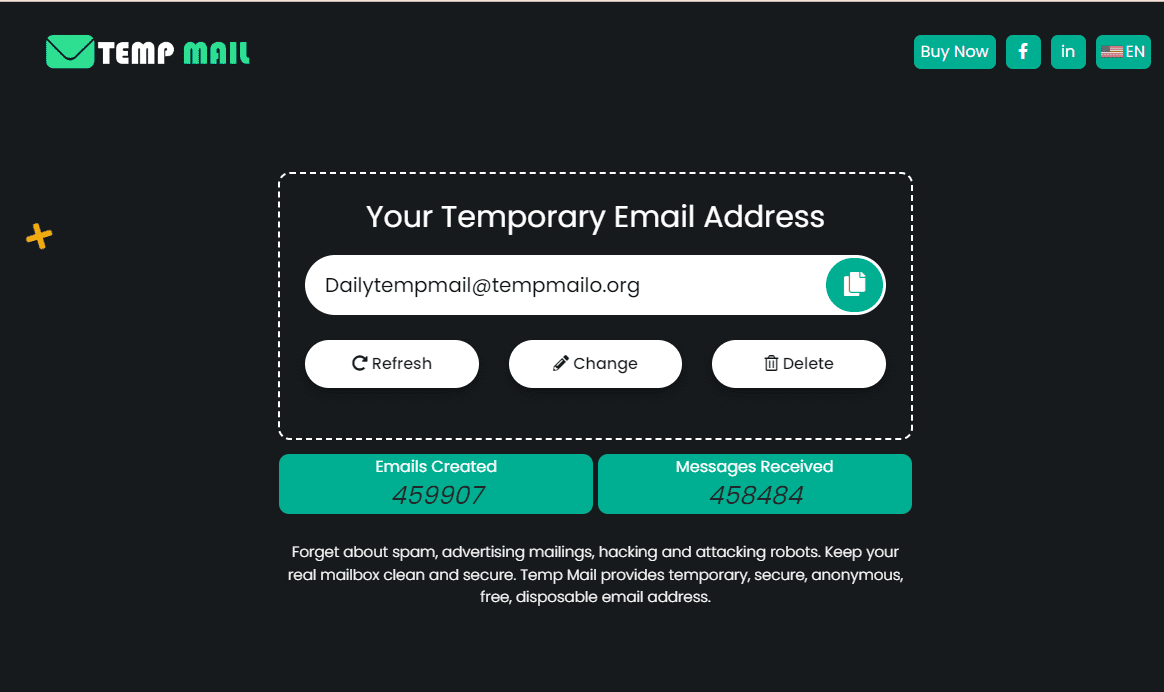A fake email address is a temporary or intentionally incorrect email used to avoid sharing your real one. People often use these to protect their privacy, reduce spam, and safeguard personal information.
In today's digital world, understanding why people need fake email addresses is crucial. It's not just about avoiding marketing emails; it's about ensuring online security and managing your digital footprint effectively.
In this article, we'll explore what fake email addresses are, the top reasons people use them, how to create one, and the pros and cons of doing so.
We'll also discuss the legal and ethical considerations, helping you make informed decisions about when and how to use a fake email address responsibly.
Top Reasons Why People Use Fake Email Addresses
Using a fake email address has become increasingly common as people seek to protect their privacy and manage their online interactions more effectively. Here are the top reasons why people turn to fake email addresses:
1. Privacy Protection
One of the primary reasons people use fake email addresses is to protect their personal information. By providing a fake email, individuals can prevent their real email address from being exposed to potential data breaches, spam, or unwanted solicitations. This is particularly important when signing up for online services that may share your information with third parties.
2. Avoiding Spam
Many websites require an email address for access to content or to complete a purchase, which often results in a flood of marketing emails. By using a fake email address, users can avoid cluttering their main inbox with promotional messages. This helps keep their primary email account free from spam and unwanted newsletters.
3. Online Security
Fake email addresses can enhance online security by reducing the risk of phishing attacks and identity theft. When using a fake email for registrations, users minimize the chances of their real email being targeted by hackers. This is especially useful when dealing with unfamiliar or less trustworthy websites.
4. Testing and Development
For developers, testers, and quality assurance teams, fake email addresses are invaluable. They allow the creation of multiple test accounts without the need for real emails. This helps in testing software functionalities, user interfaces, and more, without cluttering real inboxes.
5. Social Media and Online Forums
Some users prefer to remain anonymous when engaging in online forums or signing up for social media platforms. A fake email address allows them to participate without revealing their true identity, ensuring that their personal details remain confidential.
How to Create a Fake Email Address
Creating a fake email address is a straightforward process, and there are several methods to do so. Whether you need it for privacy, security, or testing purposes, here’s a simple guide on how to create a fake email address.
1. Using Temporary Email Services
The easiest way to create a fake email address is by using temporary email services like Temp Mail, Guerrilla Mail, or 10 Minute Mail. These platforms generate a random email address that you can use immediately.
The steps are usually as simple as visiting the website, where you’ll see a pre-generated email address. Copy this address to use for sign-ups, verifications, or testing. Keep in mind that these emails are usually short-lived, lasting from 10 minutes to a few hours.
2. Creating a Disposable Email Account
Another option is to create a disposable email account using popular email providers like Gmail, Yahoo, or Outlook. To do this, sign up for a new email account using false information. While this method takes a bit more time, it gives you more control over the email address, as it can be used for an extended period. Remember to avoid using any real personal information during the sign-up process.
3. Using Email Aliases
If you’re looking for a slightly more sophisticated approach, you can use email aliases. Some email providers, like Gmail, allow you to create aliases by adding a “+” followed by any text before the “@” symbol in your email address (e.g., [email protected]). Emails sent to this alias will still arrive in your main inbox, but you can easily filter or identify them based on the alias used.
4. Manual Fake Email Creation
Finally, you can manually create a fake email by simply entering a made-up email address when prompted by a website. This method is quick but may not always work, as some sites require email verification.
Tips for Responsible Use
- Avoid Misuse: Use fake emails responsibly, mainly for privacy and testing.
- Check Legality: Ensure that using a fake email doesn’t violate any terms of service.
Pros and Cons of Using a Fake Email Address
Using a fake email address offers several advantages, but it also comes with potential drawbacks. Understanding these can help you decide when and how to use one.
Pros:
- Privacy Protection: A fake email helps keep your personal information private, reducing the risk of your real email being exposed to spam, phishing, or data breaches.
- Reduced Spam: By using a fake email for sign-ups and promotions, you can avoid cluttering your primary inbox with unwanted marketing emails.
- Enhanced Security: Fake emails can prevent identity theft and phishing attacks by keeping your real email out of the hands of malicious actors.
- Convenience in Testing: For developers and testers, fake emails are invaluable for creating test accounts without affecting real email accounts.
Cons:
- Missed Important Communications: If you use a fake email for legitimate purposes, you may miss essential updates or notifications.
- Potential for Misuse: Using fake emails can lead to ethical issues, especially if they are used to deceive or mislead.
- Temporary Nature: Many fake email services offer temporary addresses, which may expire before you’ve received all necessary communication.
Legal and Ethical Considerations
When using a fake email address, it’s essential to consider the legal and ethical implications. While creating a fake email is generally not illegal, how you use it can raise concerns.
Legally, using a fake email to deceive or commit fraud can lead to serious consequences. For example, using a fake email to impersonate someone else, access restricted content, or bypass terms of service can result in legal action. Always ensure that your use of a fake email doesn’t violate any laws or the terms and conditions of the service you’re using.
Ethically, using a fake email can be seen as dishonest, particularly if it’s used to deceive businesses or individuals. Transparency is important, especially in professional or formal contexts. Using a fake email for harmless activities like avoiding spam or testing is generally acceptable, but using it to mislead others can harm trust and integrity.
Conclusion
In conclusion, fake email addresses offer valuable benefits, such as enhanced privacy, reduced spam, and improved online security. They are particularly useful for protecting personal information and managing digital interactions.
However, it's essential to use fake emails responsibly and ethically, ensuring that you don't miss important communications or misuse them for dishonest purposes.
When used appropriately, fake email addresses can be a powerful tool for maintaining control over your online presence while safeguarding your personal data. Always consider the context and potential consequences before deciding to use a fake email address.
Frequently Asked Questions (FAQs)
1. What is a fake email address?
A fake email address is a made-up or temporary email used to protect your real email from spam, phishing, or data breaches. It’s commonly used for sign-ups, testing, or maintaining privacy online.
2. How do fake email addresses work?
Fake email addresses work like regular email addresses but are often temporary or non-functional for long-term use. They allow you to access content or services without revealing your real email.
3. Are fake email addresses legal?
Using fake email addresses is generally legal, but it can be unethical if used to deceive or violate a website's terms of service. Always ensure you’re not breaking any rules or laws when using one.
4. Can I use a fake email for important accounts?
It's not recommended to use a fake email for important accounts like banking, social media, or anything requiring long-term communication. You may miss critical updates or lose access to your account.
5. How long do temporary fake email addresses last?
Temporary fake email addresses can last anywhere from a few minutes to a few hours, depending on the service provider. Some may offer longer durations, but they are generally short-lived.
